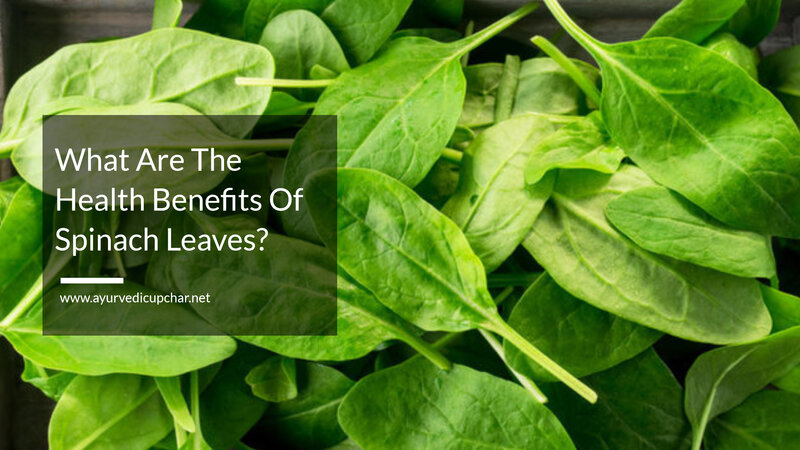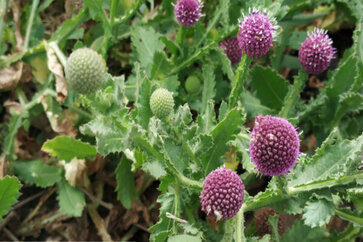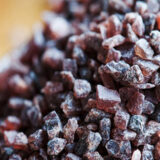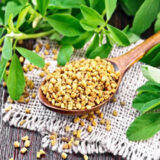What Are The Health Benefits Of Spinach Leaves?
 Spinach is a plant of the amaranth family, cultivated as a vegetable for its large, dark green, edible leaves. Two types of spinach are traditionally grown.
Spinach is a plant of the amaranth family, cultivated as a vegetable for its large, dark green, edible leaves. Two types of spinach are traditionally grown.
One which grows in summer, with smooth seeds and hardly resistant to frost; and those of winter, totally resistant to the frosts, of thorny seeds and, generally with more lobed leaves. This allows us to have spinach throughout the year.
But what are your contributions when consuming it? The dermatologist Rossana Janina from the Mexican Foundation for Dermatology and the nutritionist Laura Romero from the Nutrest center tell us about it.
Nutritional properties
- It is rich in fiber, vitamins A, B1, B2, C, and K, calcium, phosphorus, iron, folic acid, magnesium, zinc, and beta-carotene, the latter having powerful antioxidant activity.
- Spinach is great in weight loss diets as they produce satiety and only provides 16 calories per 100 grams.
- Spinach is one of the most prominent anticancer foods, a property attributed to the significant amount of beta-carotene it contains since it slows down the action of free radicals on cells.
- Its consumption during pregnancy is highly recommended, as zinc is involved in bone formation, and folic acid prevents defects in the spine, and malformations in the fetus, such as spina bifida and cleft lip.
- It favors the functioning of the immune system, as well as the control of diabetes since it contains an antioxidant known as alpha-lipoic acid, which increases sensitivity to insulin.
- Spinach is highly recommended in case of anemia due to its contribution of iron which improves absorption with vitamin C, also present in this vegetable.
- They contain lutein and zeaxanthin, substances that improve vision and prevent blindness caused by macular degeneration.
- The consumption of raw or cooked spinach helps reduce constipation by regulating intestinal transit.
- Spinach contains a lot of vitamin A, which is necessary for the production of sebum that keeps hair hydrated and also for the growth of all body tissues, including hair.
- Spinach is also excellent for rejuvenating the skin due to the combination of vitamins A, C, and E of antioxidant power. In dermatology, spinach is used as a nutraceutical (any food or ingredient in the food that has a beneficial effect on human health) to reduce the effect of free radicals on the skin.
The Best Way To Eat Spinach
- It is advisable to include it in our diet in raw form. Fresh leaves can be used in salads, being the most suitable option to take advantage of all its vitamin richness.
- It is also convenient to add it to the weekly menu, as an ingredient in countless dishes, whether steamed, boiled, fried, or sauteed.
Note: Avoid overeating spinach. Its high content of oxalic acid combined with other minerals produces oxalates that can cause kidney and joint damage.
How To Make Fresh Spinach And Strawberry Salad
Ingredients
- 200 gr of spinach
- 8 strawberries
- 100 gr of lentils
- 100 ml balsamic vinegar
- 100 ml red wine vinegar
- 60 gr white sugar
- Salt and pepper to taste
Preparation
- For the dressing of the fresh salad, in a frying pan, add the vinegar, the red wine vinegar, 3 strawberries cut into small cubes, and the sugar. Mix and dissolve the sugar, and cook over medium heat until reduced by half and the consistency is thick.
- Wash the spinach leaf by leaf and cut them with your hands into large pieces.
- Cook the lentils in boiling salted water for about 20 minutes, strain them and wait until they are cold. On a plate serve the spinach cover them with the lentils and the strawberries cut into slices, and add a pinch of salt and pepper.
- When the dressing is cold, add it to the salad and consume it immediately, the spinach and strawberry salad is a perfect accompaniment to any type of red meat.























